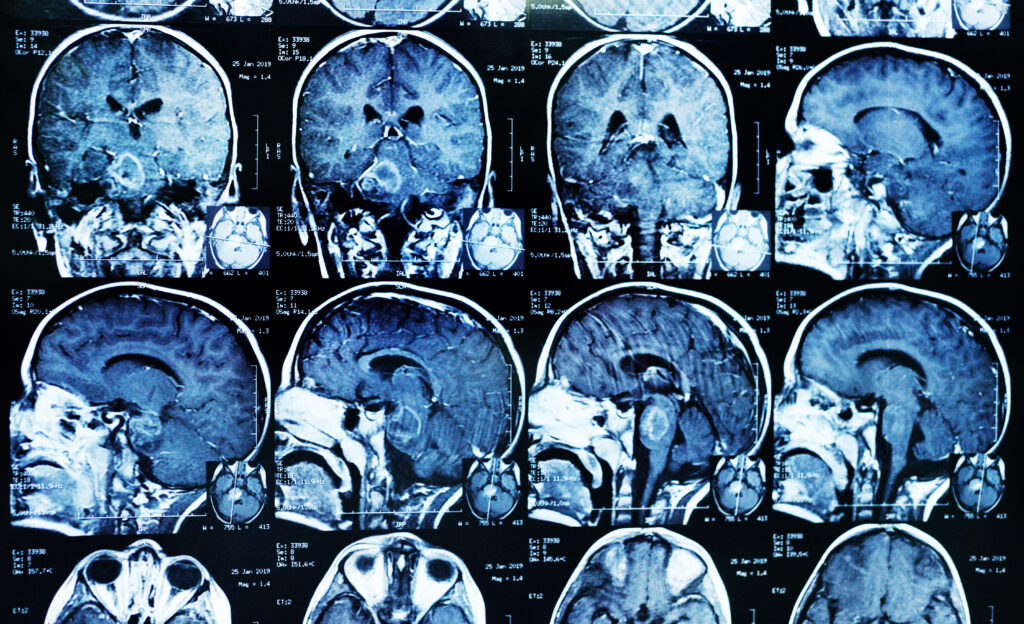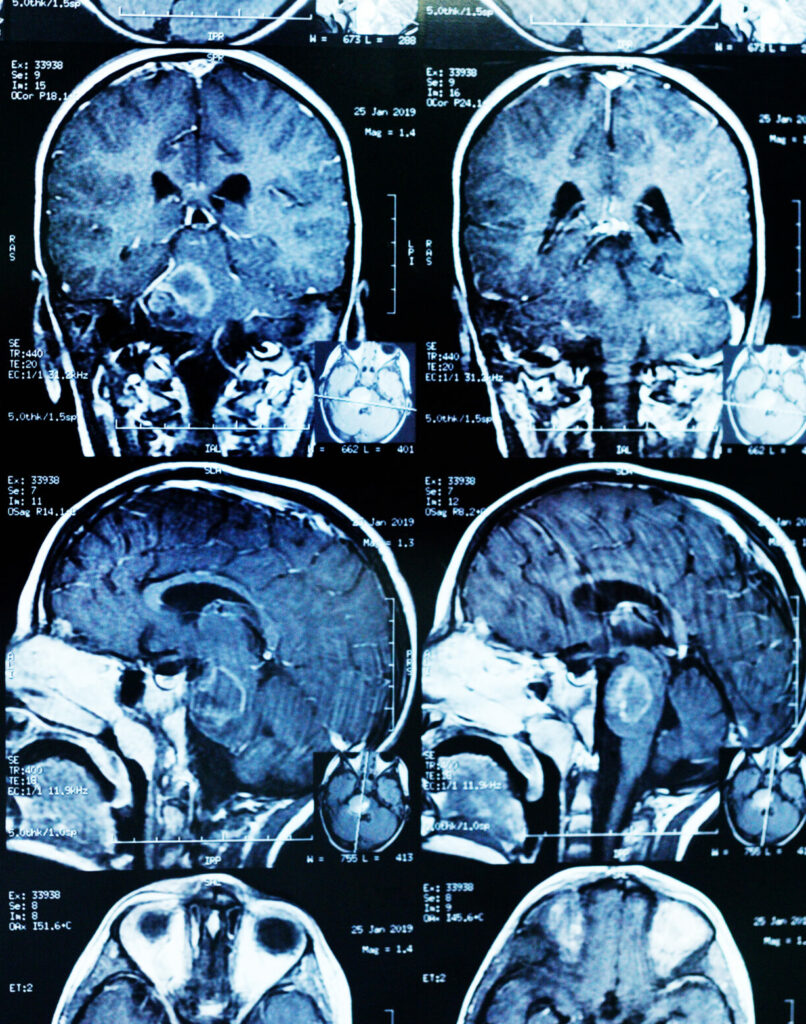(Dis)connected Consciousness
Human subjective experience can emerge in a broad range of unexpected contexts, like in near-death situations or general anesthesia. In these unresponsive conditions, consciousness is often believed to disappear as the brain globally shuts down, but this is an oversimplified view. ‘Disconnected’ (without experience of the external world) and/or ‘connected’ (connection to the external world) consciousness can emerge, as testified by detailed subjective reports upon awakening from these seemingly unresponsive states. Our team has pioneered the study of non-ordinary states of consciousness, such as near-death experiences (NDEs) and cognitive trance.
NDEs are subjective experiences characterized by an apparent clear sensorium and disconnection from the environment that are sometimes reported following a life-threatening situation. They are known to have specific mystical features such as out-of-body experiences and perception of a bright light. Over the years, Dr. Charlotte Martial (post-doctoral researcher) and her team have collected a large collection of NDE testimonies, allowing for the characterization of the phenomenology using rich memories of the experiencers. Prototypical NDEs can also emerge in multiple other contexts in the absence of severe physiological insults to brain functioning, such as during syncope, meditation or after consumption of recreational drugs. These experiences are known as “NDE-like”. In addition, we have shown that certain psychological mechanisms and personality traits correlate with the emergence of NDEs. This research sets the stage for new paradigms for studying the neural basis of consciousness in unresponsive states.
We also explore other modified states of consciousness that can be willfully modulated, such as cognitive trance and hypnosis. Dr. Olivia Gosseries (co-director of the Coma Science Group) and Dr. Audrey Vanhaudenhuyse (director of the Sensation and Perception Research Group) lead the studies of cognitive trance, which is a self-induced state inherited from shamanic practice characterized by lucid but narrowed awareness of the surrounding, with enriched mental imagery and modified somatosensory processing. Interestingly, this state can possibly be reached by any trained individual using a specific self-induction technique. This opens new avenues for neuroscientific studies and potential novel therapies, as for hypnosis, with self-exploration processes and treatment of pain.
Despite important progress in revealing the neural correlates of consciousness, the underlying neurophysiological mechanisms of all the states detailed above remain poorly understood. Using neuroimaging and electrophysiological techniques, we aim to test the current neurobiological hypotheses in controlledlaboratory settings to objectively map cerebral changes associated with these subjective experiences, or reproduce similar phenomenological experiences. To do so, we use methods such as immersive virtual reality, hypnosis or anesthetic agents in collaboration with Prof. Vincent Bonhomme (co-director of the Anesthesia and Intensive Care Group). We believe that the mapping of disconnected and connected consciousness is providing exciting new insights into the functional neuroanatomy of human consciousness, which could potentially help to develop novel treatments for psychological and physiological distress.


Near–death experience
If you have had a near-death experience (NDE), we would like to invite you to share your experience by clicking here. Please note that our survey exists in other languages too (French, Dutch, Italian, Russian, Japanese,…), you may change it on the top right of your screen.
Contact : nde@uliege.be
Please find below the Near-Death Experience Content (NDE-C) scale in different languages: